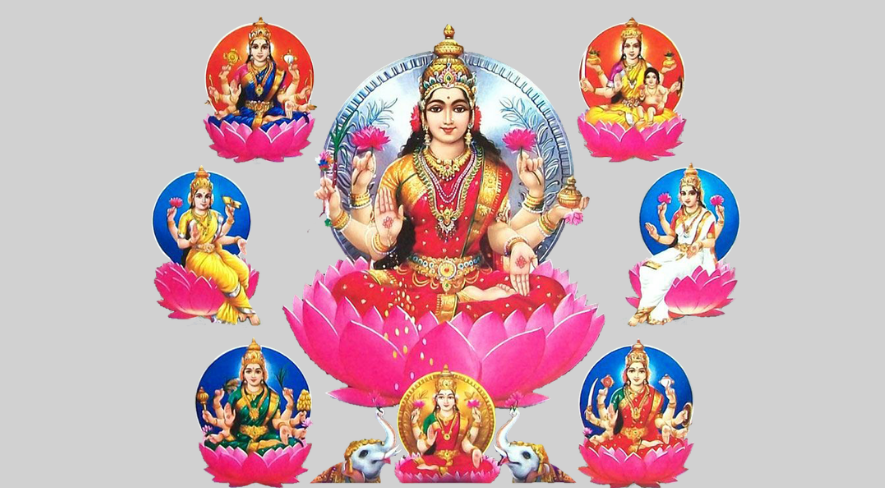Our definition of development of any society or country is largely synonymous with economic aspects, such as productivity, income levels, industrialization, and modernization. However, ‘growth’ is much more than these material elements. One can find examples of holistic development within the traditional belief systems of India.
The new virus has changed the normal for us. The ongoing crisis has affected us not only in the field of health but also at the economic and emotional level. Our reflection on the importance of nature and family during the lockdown has brought back some old discussions on what is the true cost of growth and development.
When the contemporary consensus around economic development emerged post the Second World War to rebuild the war-torn countries of Europe and raise living standards of the former colonies in Asia, Latin America and Africa, the world never knew that the concept would slowly grip us in every aspect of life.
Some of the aftereffects are a rise in suicides, with one person committing it every 40 seconds. There is an increase in depression from 1.6 per cent in 2013 to 2.6 per cent in 2016 in young kids (age group of 12 to 17).
The three months of lockdown gave us an opportunity to understand the trajectory of human society. When the entire world is talking about economic development, the lockdown made us realise that real development is much more than factories, cars, money, and buildings.
For a society to live and grow, we need to instate a holistic concept of wealth. Economic development is important and essential, but let us not restrict our definition of growth to only material well-being but extend it to a holistic ideal. Ashtalakshmi (eight wealths) is one such representation.
The current definition of development is not sustainable and is an individual pursuit. On the other hand, ashtalakshmi connects us with the food we eat, the knowledge we want, emotional and spiritual intelligence we seek.
It is the energy that is bestowed upon us in eight aspects, manifesting the complete spiritual and material well-being of a person in the form of:
1) memory of the source known as Adi Lakshmi (when we feel small and insecure, it connects us to our source, thus bringing strength and calmness to the mind);
2) material wealth as Dhana Lakshmi;
3) knowledge, skills and talents as Vidya Lakshmi;
4) food as Dhanya Lakshmi;
5) progeny and creativity as Santana Lakshmi;
6) courage as Dhairya Lakshmi;
7) victory as Vijaya Lakshmi; and
8) good luck and prosperity as Bhagya Lakshmi.
So, wealth is not only in the money. Tradition and values, our family and progress, our belongings such as land, properties, animals, grains, etc. as well as virtues like patience, persistence, and purity (in the form of a character) are seen as wealth, along with glory and victory.
To measure the development, we have now moved ahead from GDP to indices like Human Development, Gross National Happiness, and Gini coefficient. Each of them measures development based on metrics like life expectancy at birth, expected years of schooling, average years of schooling, gross national income (GNI) per capita. Happiness Index attempts to evaluate the perspective of citizens on business and economics, citizen engagement, communication and technology, social diversity, education and family, individual well-being, environment and energy, food and shelter, government and politics, law and order, health, religion and ethics, transportation and work culture.
All these approaches have definitely moved the attention from just economic growth to various other aspects of life. However, there is much more to growth which is not limited to the infrastructure and facilities being provided.
There is internal growth, mental growth, physical growth, spiritual growth and thus, societal growth. Ashtalakshmi covers this integral view of life. This approach defines everything around us and inside us as wealth. It transforms the way society starts growing.
If we can teach our kids how wealth is the composition of the aspects as represented by Ashtalakshmi, we might witness less greed and associated crimes. There will be much more confidence, courage, creativity, and peace amongst all of us.
The Ashtalakshmi model meets an individual’s material, societal and spiritual pursuits. It is not only holistic but also fulfilling for an individual to measure their own development using this model. So, tomorrow, when you wish to be in Forbes Top 50 Wealthiest People in the World, check what their wealth is composed of. Perhaps, you have much more.

